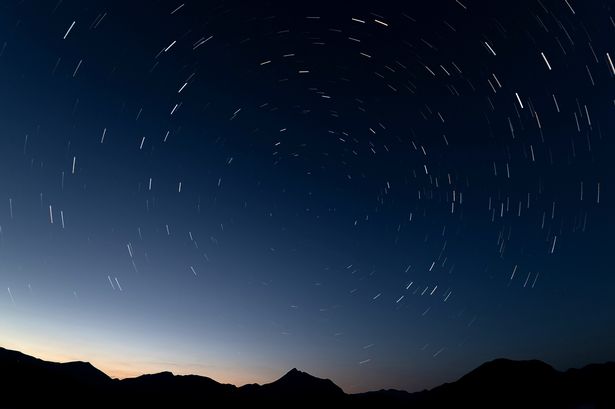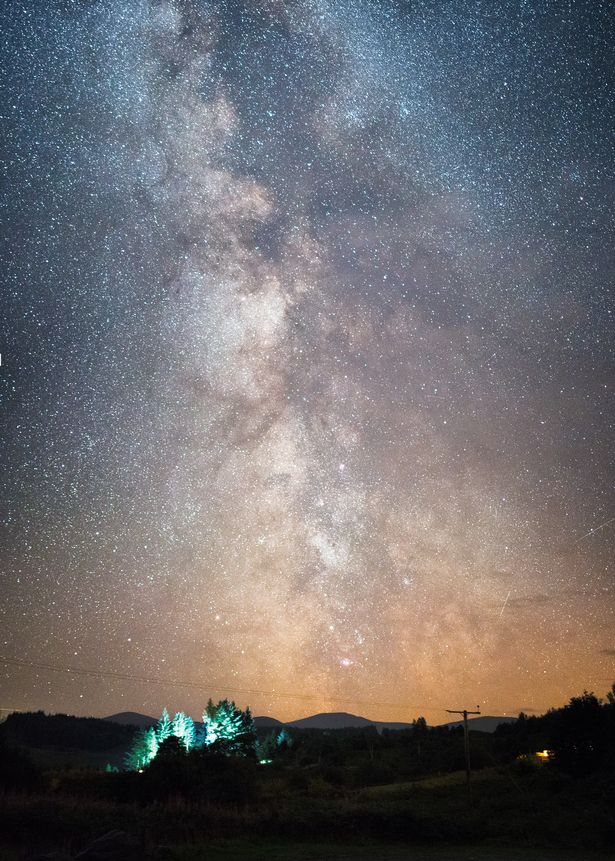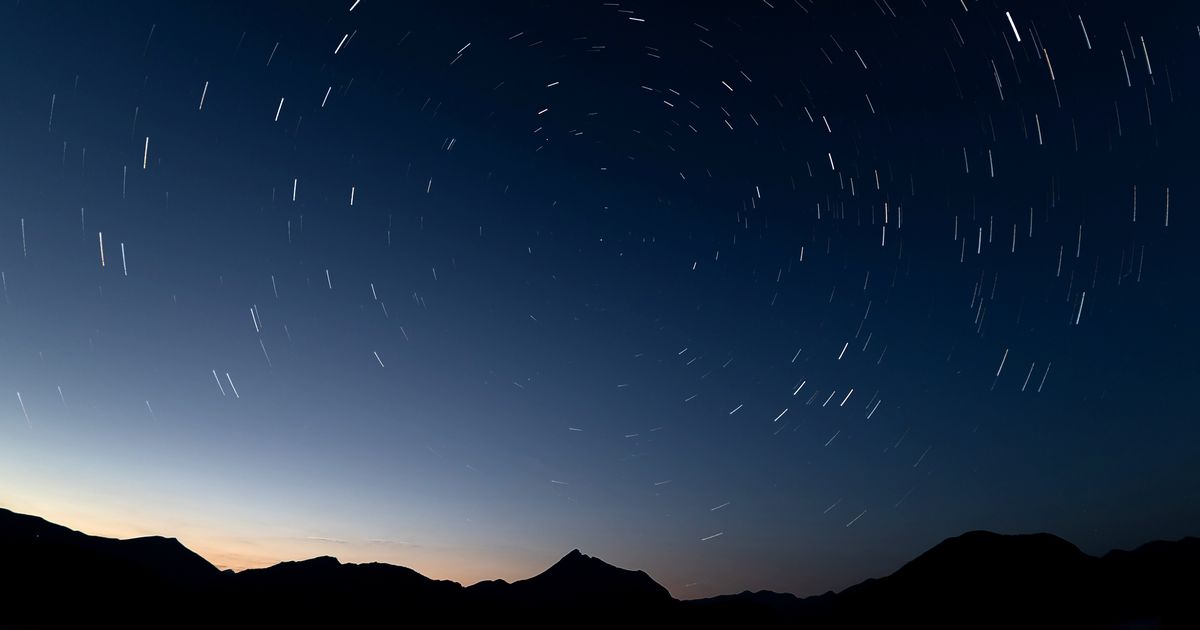The Perseids are named after the constellation Perseus, where the meteors seem to come from each summer. The Perseid meteor shower has been lighting up skies since July 17 and will continue until August 24(Image: Samuel de Roman/Anadolu via Getty Images)
The Perseid meteor shower has been lighting up skies since July 17 and will continue until August 24(Image: Samuel de Roman/Anadolu via Getty Images)
A dazzling celestial display has been unfolding across Scotland’s skies since mid-July, with the annual Perseid meteor shower reaching its most dramatic phase in the coming days. The meteor shower is considered one of the most impressive astronomical events of the year.
It began on July 17 and will continue through to August 24. However, experts say the best is yet to come, with the peak expected on Tuesday, August 12.
Those hoping to catch the show should look skyward between midnight and 5.30am, when meteor activity will be at its most intense, Scottish Daily Express reports.
The Perseids occur every year during the summer months and take their name from the constellation Perseus, the point in the sky from which the meteors appear to radiate.
In reality, the phenomenon is caused by Earth passing through the trail of debris left by the comet Swift-Tuttle. As the fragments enter the planet’s atmosphere at speeds of up to 36 miles per second, they burn up, producing bright streaks of light.
At the height of the shower, as many as 60 meteors can be seen per hour, creating an unforgettable experience for those lucky enough to have clear skies and low light pollution.
 Galloway Forest Park in Dumfries and Galloway is a top spot for stargazing(Image: Getty Images)
Galloway Forest Park in Dumfries and Galloway is a top spot for stargazing(Image: Getty Images)
Scotland, with its abundance of remote landscapes and designated dark sky areas, is one of the best places in the UK to enjoy the spectacle.
Among the top spots is Galloway Forest Park in Dumfries and Galloway, home to a gold tier Dark Sky Park that offers panoramic views of the Milky Way and other celestial sights.
The nearby town of Moffat, recognised as Europe’s first dark sky town, is also a popular location for night-sky watchers.
Further north, the Cairngorms Dark Sky Park, located in the Glenlivet and Tomintoul area, offers similarly impressive conditions for meteor viewing.
Several of Scotland’s islands have also received international recognition for their stargazing potential. The Isle of Rum has been designated the country’s first International Dark Sky Sanctuary, one of only two in Europe.
Meanwhile, the Isle of Coll became a recognised Dark Sky Community in 2013, and North Ronaldsay in Orkney is officially listed as a Dark Sky Island.
Recent research suggests that Shetland may be the best place in the country to witness this year’s Perseid display.
A study by Planet Cruise analysed destinations across the UK and beyond to determine the top spots for astro-tourism, factoring in light pollution levels, elevation, latitude and even the popularity of the Northern Lights on social media.
 Join the Daily Record WhatsApp community!
Join the Daily Record WhatsApp community!
Get the latest news sent straight to your messages by joining our WhatsApp community today.
You’ll receive daily updates on breaking news as well as the top headlines across Scotland.
No one will be able to see who is signed up and no one can send messages except the Daily Record team.
All you have to do is click here if you’re on mobile, select ‘Join Community’ and you’re in!
If you’re on a desktop, simply scan the QR code above with your phone and click ‘Join Community’.
We also treat our community members to special offers, promotions, and adverts from us and our partners. If you don’t like our community, you can check out any time you like.
To leave our community click on the name at the top of your screen and choose ‘exit group’.
If you’re curious, you can read our Privacy Notice.
A spokesperson for Planet Cruise said: “Due to their remote location, these rugged islands offer breathtaking dark skies, with minimal light pollution and vast open horizons perfect for stargazing.
“Their northern latitude also increases the chances of witnessing the spectacular Aurora Borealis, making Shetland a dream destination for astro-tourists.”
For those planning to catch the peak of the Perseids, experts recommend heading out to locations far from urban lighting, allowing 20 to 30 minutes for your eyes to adjust to the darkness, and avoiding the use of torches or phone screens.
And, as we mentioned above, the early hours of Tuesday, August 12, appears to be the best time to get out and see the spectacular display.
